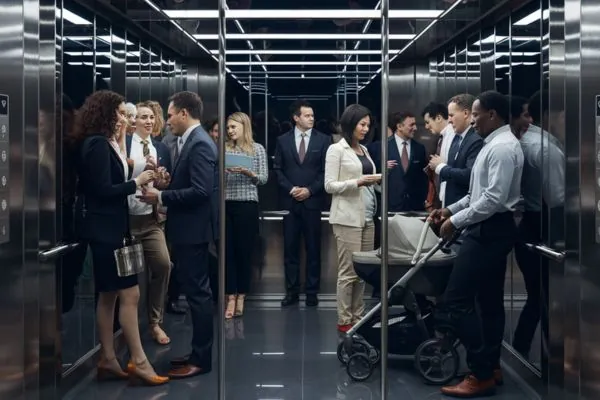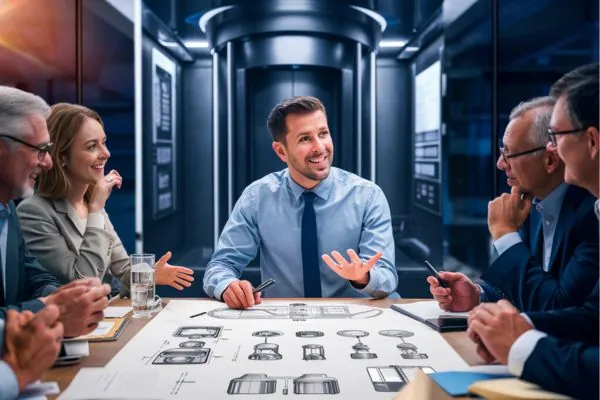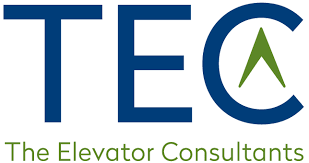As a business owner with elevators in your building, understanding the intricacies of an elevator modernization project is crucial. An elevator modernization enhances the functionality and safety of your building while also improving the user experience for tenants and visitors. There are several critical components of an elevator modernization scope of work, and understanding the complexities of this project is vital.
Understanding An Elevator Modernization
Elevator modernization involves upgrading an elevator system’s critical mechanical and electronic components to meet the building’s current needs, technological advances, and safety standards. Modernization allows significant updates to an existing system based on the equipment’s current condition.

The process typically includes the installation of new controllers, machines, drives, wiring, fixtures, etc., which depends on the type of equipment being modernized. Is the equipment hydraulic, traction, escalator, lift, or others?
Why Modernize Your Elevators?
Modernizing your elevators can improve efficiency, enhance safety features, and provide a better overall elevator experience for building personnel and users. It can also significantly reduce the frequency of breakdowns and costly repairs. A cab remodel is only sometimes required during modernization. The reason for modernizing a building depends on its situation.
How Often Do Elevators Need to Be Modernized?
The frequency of elevator modernization depends on several factors, including the age of the equipment, the intensity of its use, regulations, and the needs of the building. An elevator requires modernization every 20 to 25 years. However, it depends on the equipment installed. For instance, machine room-less (MRL) systems require modernizations quickly. There is also the challenge of parts availability and obsolescence.
Scope of Work in Elevator Modernization

Assessment and Planning: Initial evaluation of the existing systems to identify components that need replacement or upgrade. This phase should include a detailed risk assessment and a project feasibility study.
Component Upgrades
Drive System
Replacing old motors and drives with more energy-efficient models. Control System: Upgrading to a modern microprocessor-based control system for better speed, efficiency, and reliability.
Signal Fixtures
Installing new buttons, floor indicators, and operating panels. Door Operators: Upgrading door mechanisms to improve safety and functionality. Aesthetic Enhancements: Refurbishing the interior of the elevator cabins, including walls, floors, and lighting, to improve user experience and comply with ADA standards.
Safety and Compliance
Ensuring all modernized components meet current safety codes and ADA compliance requirements. This includes installing new safety features like emergency communication systems.
Implementation
The actual modernization work should be scheduled to minimize disruption. If multiple units are being upgraded, this might involve phased elevator shutdowns.
Testing and Commissioning
Post-upgrade testing to ensure all modernized components function correctly together. This phase should include thorough testing of safety systems and final adjustments.
Read more related articles:
Out with the Old, In with the New: Strategies for Elevator Modernization
Conclusion
Elevator modernization is a significant undertaking that requires careful planning and execution. Understanding the scope of work involved is the first step toward ensuring that your elevator systems are efficient and compliant and provide users with a safe, pleasant experience. By investing in modernization, you not only enhance the value of your property but also contribute to the longevity and reliability of your building’s vertical transportation system.
Have a Question About Elevators?
FAQ - Elevator Modernization Scope of Work
What exactly is elevator modernization?
Elevator modernization involves upgrading significant components of your elevator systems to improve safety, efficiency, and performance. This may include replacing drives, controllers, cabin interiors, signaling systems, and doors.
Why should I modernize my elevator rather than replace it?
Modernization is often more cost-effective than full replacement and is less disruptive to building operations. It allows for integrating the latest technology without the need for complete elevator replacement, extending the lifespan and efficiency of the existing system.
How do I know if my elevator needs modernization?
Signs that your elevator may need modernization include frequent breakdowns, noticeable performance issues like slow operation or jerky rides, and high energy consumption. An elevator consultant can conduct a thorough audit to recommend whether modernization is necessary.
How long does an elevator modernization take?
The duration of an elevator modernization project can vary widely depending on the scope of work. Simple upgrades might only take a few days, while comprehensive modernizations could require several weeks. We plan meticulously to minimize disruption to your operations.
What are the benefits of modernizing my elevator?
Benefits include improved reliability and safety, reduced energy and maintenance costs, compliance with current standards, and enhanced user satisfaction.
Can elevator modernization be customized to my building’s specific needs?
Yes, modernization plans are highly customizable. We consider factors like your building’s age, the elevator’s usage patterns, and specific performance issues to create a tailored modernization plan that meets your unique requirements.
What regulatory standards does elevator modernization address?
Modernization ensures that your elevator system complies with current safety standards, ADA requirements, and local building codes, which can often change over time. Compliance not only enhances safety but also avoids legal and financial liabilities.
Is there financial assistance or incentives for modernizing elevators?
In some regions, grants, low-interest loans, or tax incentives may be available for upgrading elevators to energy-efficient or safer systems. We can help you identify and apply for relevant incentives.
How much does elevator modernization cost?
Costs can vary greatly based on the elevator’s condition, required upgrades, and the building’s characteristics. After an initial assessment, we provide detailed estimates to help you budget the project effectively.
What happens during the elevator modernization process?
The process typically includes an initial assessment, detailed planning, the procurement of necessary components, installation, and rigorous testing to ensure everything works seamlessly and safely.
